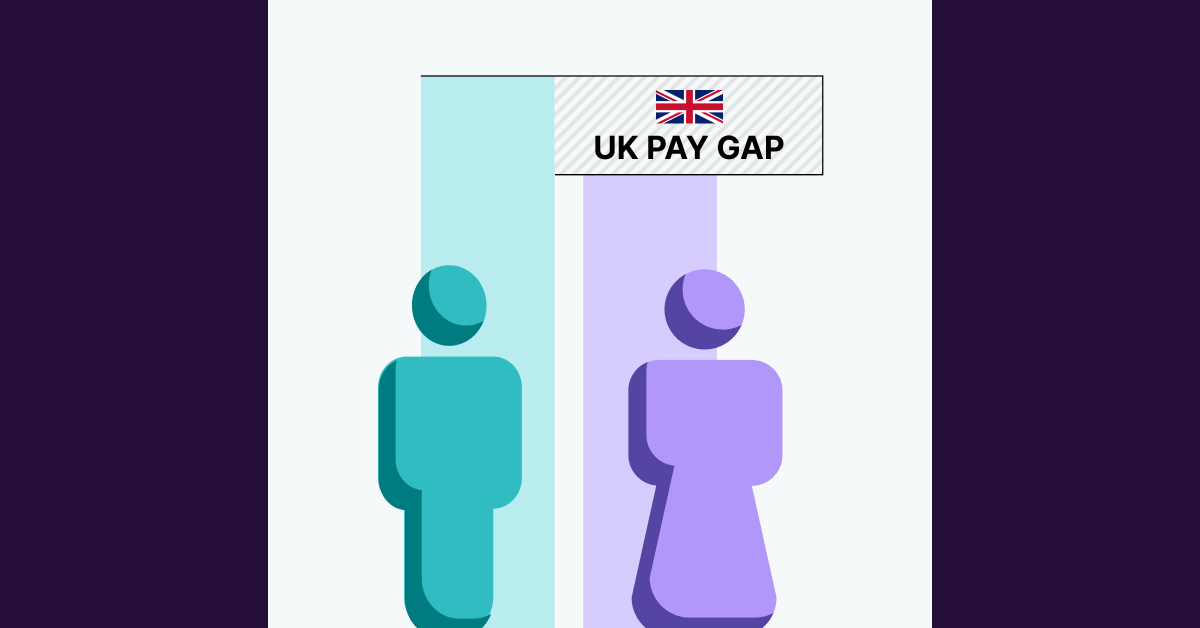Embracing pay transparency, pay equity, and trust-driven engagement
Joaquin was extremely enthusiastic and committed to his new role in equity investment at a large and well recognized financial services company. His manager was encouraging him to learn new things and his peers were generally collaborative and open to share the tricks of this new industry for him. All well and good, until Joaquin discovered that Ana (his peer colleague hired just a few months before him) was easily making 20% more in salary. She also received a nice hiring bonus that was never offered to him.
He felt betrayed and frustrated, questioning the authenticity of the initial support and encouragement he received. Nothing had changed in his day-to-day work, but how he perceived his reality was now quite pessimistic and cynical.
In today’s “future skills” competitive market, building brand trust as an employer is more important than ever. I hear from HR executives across industries that employees are no longer content with simply receiving a paycheck — they want to know that they are being compensated fairly and equitably. This growing bottoms-up pressure around pay transparency has shifted the focus from a compliance checklist item to a vital part of maintaining trust and reputation. To forge a positive culture, companies need to adjust their approach, embedding pay transparency and pay equity into every decision, for every employee.
Growing pressures of pay transparency
The need for pay transparency has intensified over the past few years, with new regulations and a more informed workforce driving the conversation forward. Particularly in the European Union, authorities are approving legislation that mandates pay disclosures, and employees are increasingly demanding to know how their salaries compare to industry standards and their peers.
The EU Pay Transparency Directive calls on employers to conduct thorough assessments of their compensation — including base pay, bonuses, benefits in-kind, and other incentives — and to report their results publicly, provide salary transparency to job candidates, and comply with several enforcement mechanisms. At the center of the Directive is the expectation that workplaces must analyze and refine their job architecture to be able to categorize employees who are performing work of equal value, and to ensure discriminatory talent management decisions are detected, remedied, and transparent. For organizations without a job architecture, the hill is an even steeper climb.
I’m seeing leading organizations focused on getting ready for the new requirements, but many in the market are still cautiously waiting for further guidance at a country level. If organizations don’t pick up the pace on preparing for the new pay transparency regulations, they not only risk legal consequences; they also risk exposing their pay gaps more publicly, which threatens the health of their brand.
A pure transactional approach no longer works
A lack of pay transparency can lead to skepticism, decreased morale, and ultimately, a breakdown in trust. Companies need to proactively respond to these pressures, not just for compliance, but for the long-term reputation of their brand.
Pay transparency signals that an organization values fairness and is committed to treating its people with integrity. Without it, even the best-intentioned employer can be seen as opaque or indifferent, eroding trust and damaging the brand.
Let’s go back to Joaquin’s case. Most likely there were not bad intentions or even much thought about pay equity in his hiring process. And probably Ana’s experience negotiating her salary in previous occasions allowed her to simply be more vocal about her critical interpersonal skills, high in demand in that industry, and more intentional and assertive while working out her job offer. Still, the consequences of that “laissez faire” attitude are now affecting a high-potential employee and eroding the dynamics of a whole team.
Historically, companies have handled pay equity and transparency on a pure transactional basis — leaving it up to individual departments, managers, or regions to ensure consistency and compliance. This approach may have worked in the past, but today’s market reality and workforce landscape clearly demands more.
The CHRO of a fast-moving consumer goods company recently commented in a peer roundtable that “It’s no longer sufficient to rely on well-intended but scattered efforts” — in other words, companies need a cohesive, organization-wide approach to pay transparency and pay equity.
A new way to take control of pay equity and pay transparency
The companies that succeed in building trust with their employees are those that go beyond surface-level transparency and make pay equity a core part of their total rewards decision-making processes. Pay transparency should not be reactive or limited to annual compliance checks. Instead, it should be woven into the fabric of the organization’s culture and operations.
This means using clear, consistent criteria for pay decisions, ensuring that employees know how their salary is determined, and taking active steps to correct any imbalances that may arise. By embracing transparency in a proactive, genuine way, employers can build a more trusting relationship with their workforce and position themselves as a brand that truly values fairness. Higher engagement and employee commitment follows.
Technology, especially solutions that meet the demands of complex, interrelated pay equity and pay transparency demands, are necessary components to create a consistent, scalable approach without hiring an army of consultants.
As global HR analyst Josh Bersin explains, “your ability to demonstrate fair and equitable rewards practices is now a requirement to attract and retain hard-to-find talent.” His research shows that companies using specialized technology for pay equity are over three times more likely to engage and retain employees, and seven times more likely to attract talent.
Trust is the foundation of positive culture
When employees trust their employers, they are more likely to be motivated, productive, and aligned with the company’s goals. Pay transparency, in particular, plays a pivotal role in fostering that trust. Employees who believe their compensation is fair and transparent tend to feel valued, which drives higher levels of engagement.
Transparency in compensation sends a strong signal that the company operates with integrity and fairness, helping employees to feel secure in their roles and committed to the company’s business goals and client impact. A recently promoted manager in a SaaS startup vocally agreed during a development session: “This sense of trust encourages me to invest more discretionary effort, collaborate better across teams, and contribute to a positive company culture.”
More engaged employees tend to become brand advocates, driving client satisfaction and speaking highly of the company to peers and prospective hires. This makes pay transparency not just an internal morale booster but an essential component of your external business success and employer brand.
Let’s reimagine Joaquin’s situation if an intentional and proactive approach to pay equity was the standard at his company. His manager will review pay equity ahead of an employment offer, his onboarding will include clear language about the company’s pay philosophy and processes, and if has a question about his pay, his manager will be able to articulate why he’s paid what he’s paid.
We need more Joaquin’s done right cases. This is not pay equity for the sake of pay equity, but an intentional, integrated approach to total rewards fairness that drives well-targeted business outcome investments.
Learn more
Want to learn more about how leading companies are approaching pay equity and pay transparency to build brand trust? Syndio’s 2025 Trends Report gives you an inside look, with new research, survey results, and insights from global HR leaders.
The information provided herein does not, and is not intended to, constitute legal advice. All information, content, and materials are provided for general informational purposes only. The links to third-party or government websites are offered for the convenience of the reader; Syndio is not responsible for the contents on linked pages.


